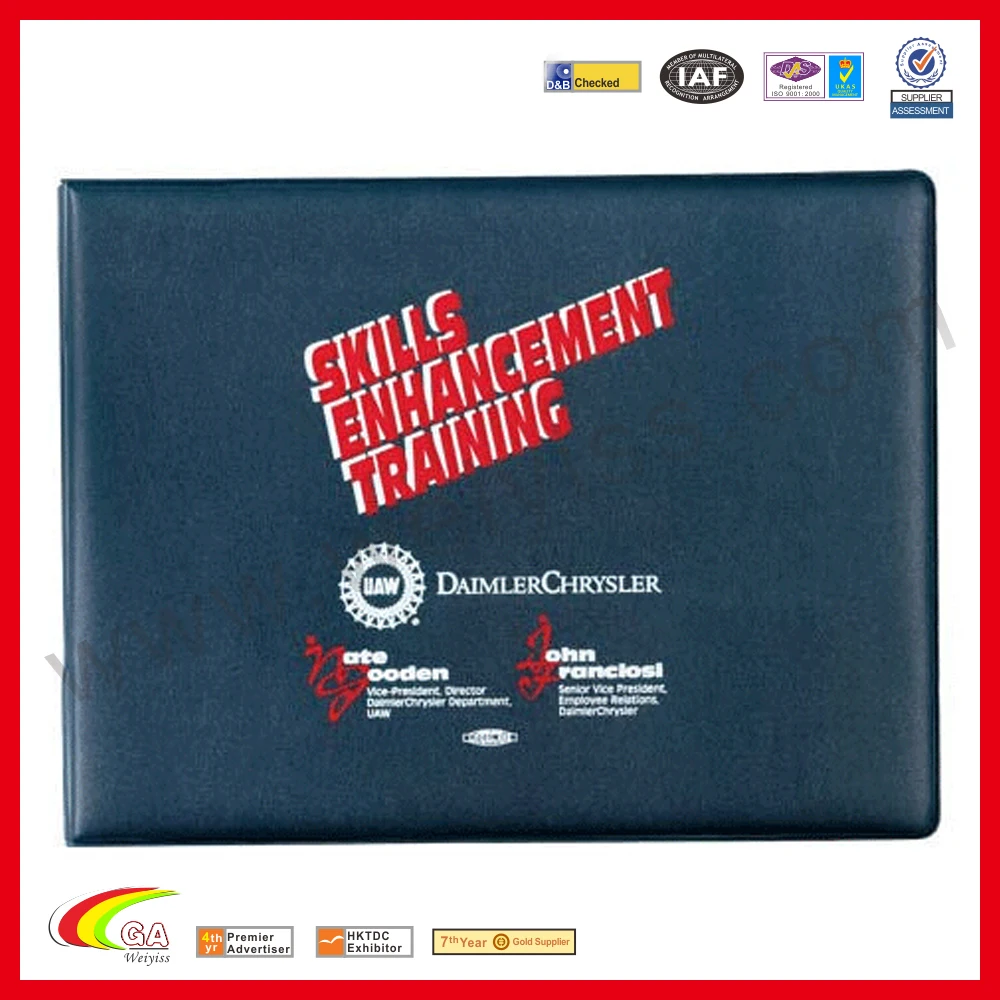

Set-AzureRmKeyVaultAccessPolicy -VaultName 'RKDevKeyVault' -ServicePrincipalName $servicePrincipal.ServicePrincipalNames -PermissionsToSecrets all -PermissionsToKeys all.$servicePrincipal = New-AzureRmADServicePrincipal -ApplicationId $adApplication.ApplicationId.The below PowerShell script will import the certificate, create Azure AD App and assign the certificate to that app. Step 3 & 4 – Create Azure AD App and Assign certificate It created both, public and private, certificates. Pvk2pfx -pvk Mykey.pvk -spc DEVCertificate.cer -pfx DEVCertificate.pfx -po > Here, we need to pass the certificate name and desired pfx file name and private key. Use the below command to create a private certificate. Step 2 – Create private key for the certificate Makecert -sv Mykey.pvk -n "cn=DEVCertificate" DEVCertificate.cer -b > -e > -r
#Certificate folder factory password#
It will prompt for the private key password provide the same password in all the places.

Open Visual Studio command prompt as administrator.Įxecute the below command to create the certificate. Step 1 – Creating Self-Signed Certificate


 0 kommentar(er)
0 kommentar(er)
